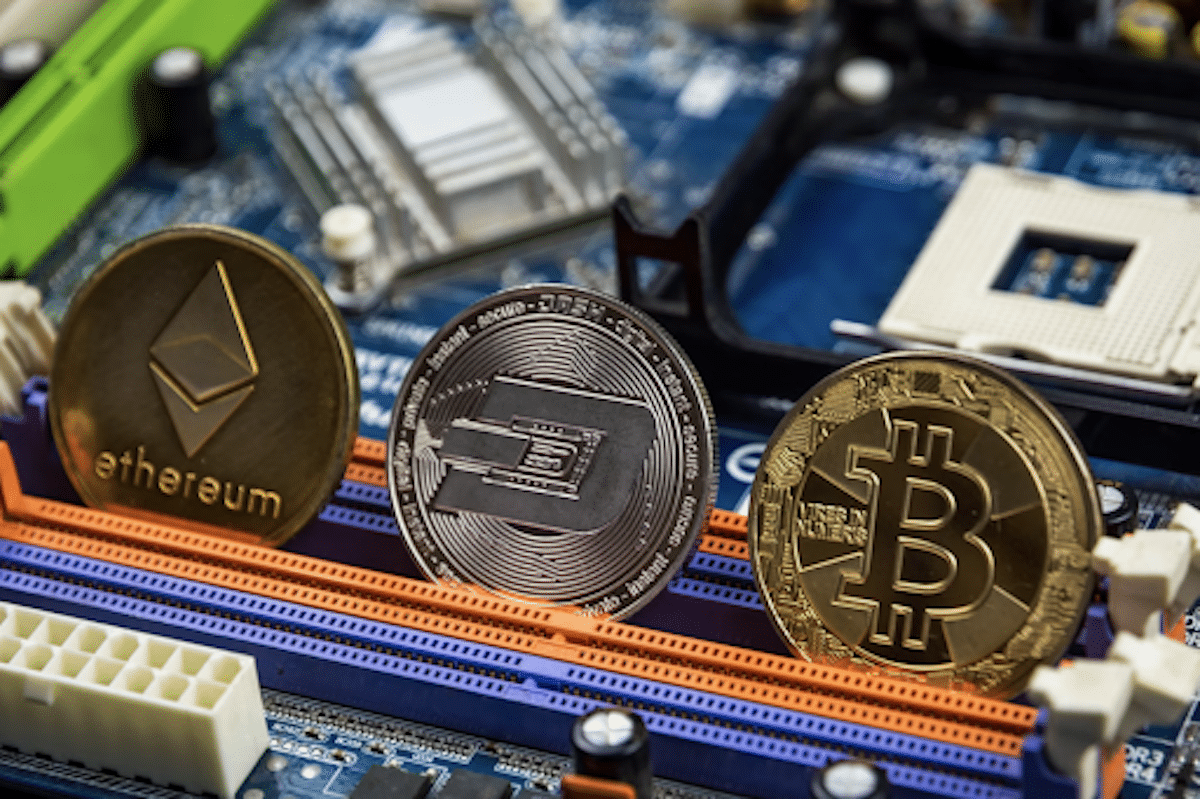What are Stable Coins?
Stablecoins are digital currencies whose value is fixed on other assets, such as a fiat currency or a commodity price. To counteract the extreme price swings that have rendered Bitcoin (BTC) and other prominent cryptocurrencies unsuitable for everyday use, stablecoins aspire to be a more stable form of digital currency. If you are looking for a reputable trading software you may check tesler.software and start your trading journey.
Regarding practicality as a trade means, stablecoins much outshine more volatile cryptocurrencies
Stablecoins are digital currencies whose value is tied to another currency or commodity, such as the US dollar or gold. With reserve assets held as collateral or mathematical algorithms designed to regulate supply, stablecoins aim to maintain a constant value.
Types of Stable Coins
Depending on the method employed to maintain their value, stablecoins may be classified into three distinct categories.
Fiat pegged Stable coins- One of the first types of stablecoins which you will find in the market is the fiat pegged ones. In simple words, the values of these stablecoins go up and come down with the fluctuation in price of a particular fiat currency like Dollar or Yen. Although U.S. dollars make up the majority of the reserves held by fiat-collateralized stablecoins, it is conceivable for these coins to also be backed by other assets, including precious metals like gold or silver or commodities like crude oil.
Crypto Collateralized Stable Coins – holdings in other digital currencies collateralize Stablecoins in the crypto market. Since the reserve cryptocurrency may be exposed to extreme volatility, stablecoins are over-collateralized when the value of the cryptocurrency retained in reserves is higher than the value of the stablecoins created.
Algorithmic Stable Coins – There is no consensus on whether stablecoins backed by algorithms store reserve assets. The fundamental difference between the two is the method used to maintain a stablecoin’s value, limiting the supply utilizing an algorithm. To some extent, that’s not unlike central banks, which also don’t employ a reserve asset to protect the value of the currency they issue.
Advantages of Stable Coins
- Stablecoins are available to anybody with an internet connection at any time of the day or night. They can be sent quickly, affordably, and safely. They were raised with computers, feel at home on the internet, and are simple to teach new commands to.
- For instance, the USDC stablecoin is supported by dollar-denominated assets held in segregated accounts at US-regulated financial institutions having a fair value equivalent to the USDC in circulation. Independent accounting firms testify to these records, ensuring their accuracy in the public eye.
- Stablecoins avoid the risks associated with other cryptocurrencies since their value is fixed to a fiat currency, but they retain many of the advantages of traditional cryptocurrencies.
Use of Stable Coins
Stablecoins allow cryptocurrency holders to trade among themselves without leaving the cryptocurrency market. Richard Gardner, CEO of Modulus Global, says, “Stablecoins are utilized to bridge the gap between fiat currency and cryptocurrencies without the volatility.” People in countries with high inflation rates can protect their purchasing power by keeping their funds in a stablecoin, which is tied to a more reliable currency such as the U.S. dollar.
These coins provide the convenience of instantaneous transactions and minimal transaction fees of cryptocurrencies without the risk of price fluctuations. That implies investors may keep them in their portfolios without fear of large price fluctuations.
How Stable Coins Make Money?
Stablecoin issuers’ primary revenue model is the simple charging of transaction fees upon purchase and sale of the coin. After that, it varies widely between stablecoins. As seen before, the debate about the openness of central issuers’ reserves stems from their motivation to maximize profit. One criticism of the centralized architecture is that investors with stablecoins are exposed to counterparty risk.
The danger that an asset won’t live up to its obligations is known as counterparty risk. Assistant Professor of Finance at the University of Warwick, Ganesh Viswanath Natraj, explains that centralized stablecoins generate revenue by investing their dollar reserves in better-yielding asset classes like commercial paper or Treasury bills. However, they are not charged any interest on their debts.
On the other hand, the income models of decentralized stablecoins change from protocol to protocol. Standard methods include depositing funds into a smart contract on the blockchain in exchange for interest or selling governance tokens that give buyers a say in the stablecoin’s development.
Conclusion:
Crypto can find a function for ordinary consumers and use cases will determine the extent to which digital currencies are used generally. The introduction of stablecoins is a significant stride in the right direction.
In this article, you have seen all about stablecoins, their usage, their advantages, and how stablecoins make money.


